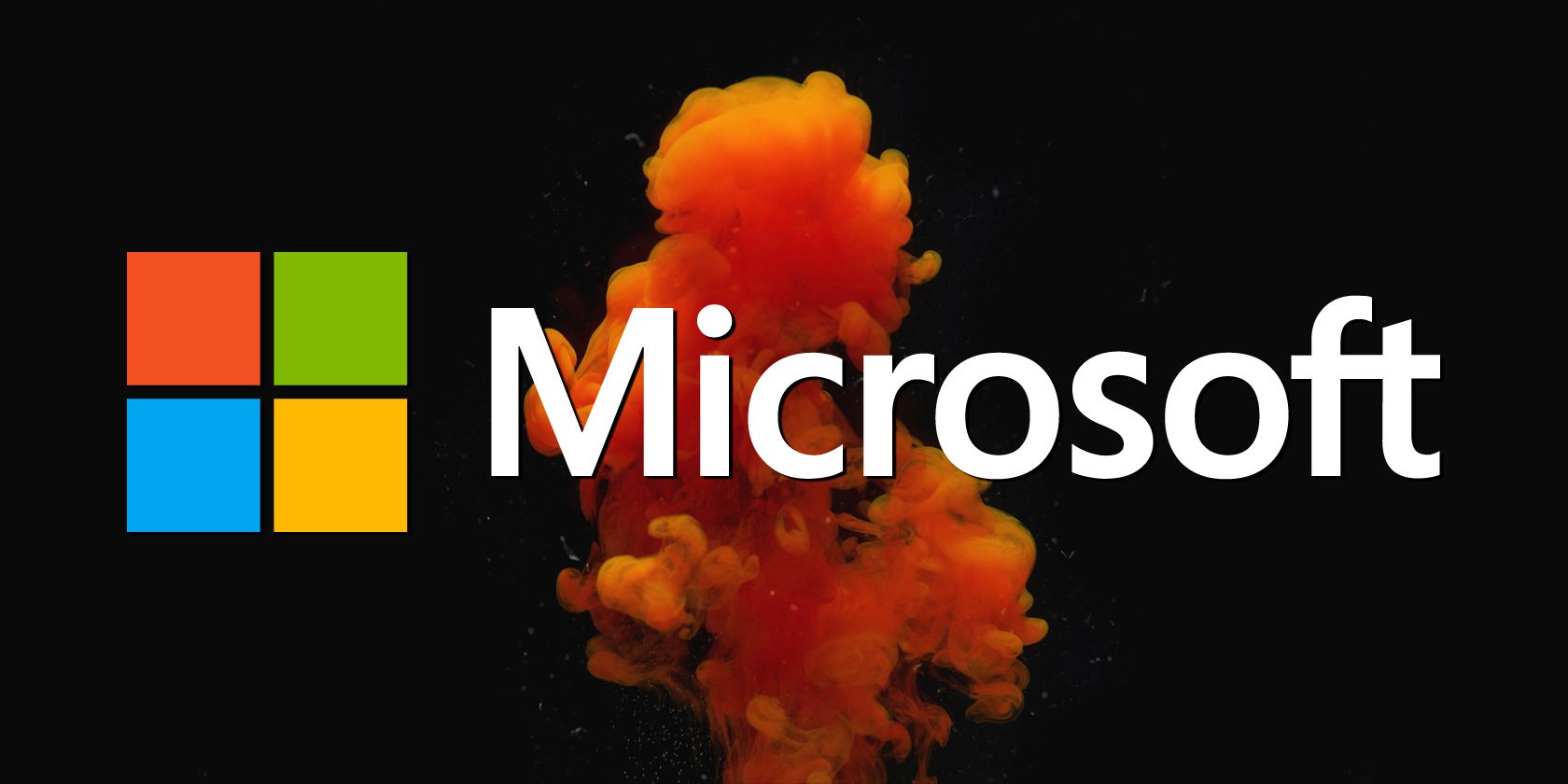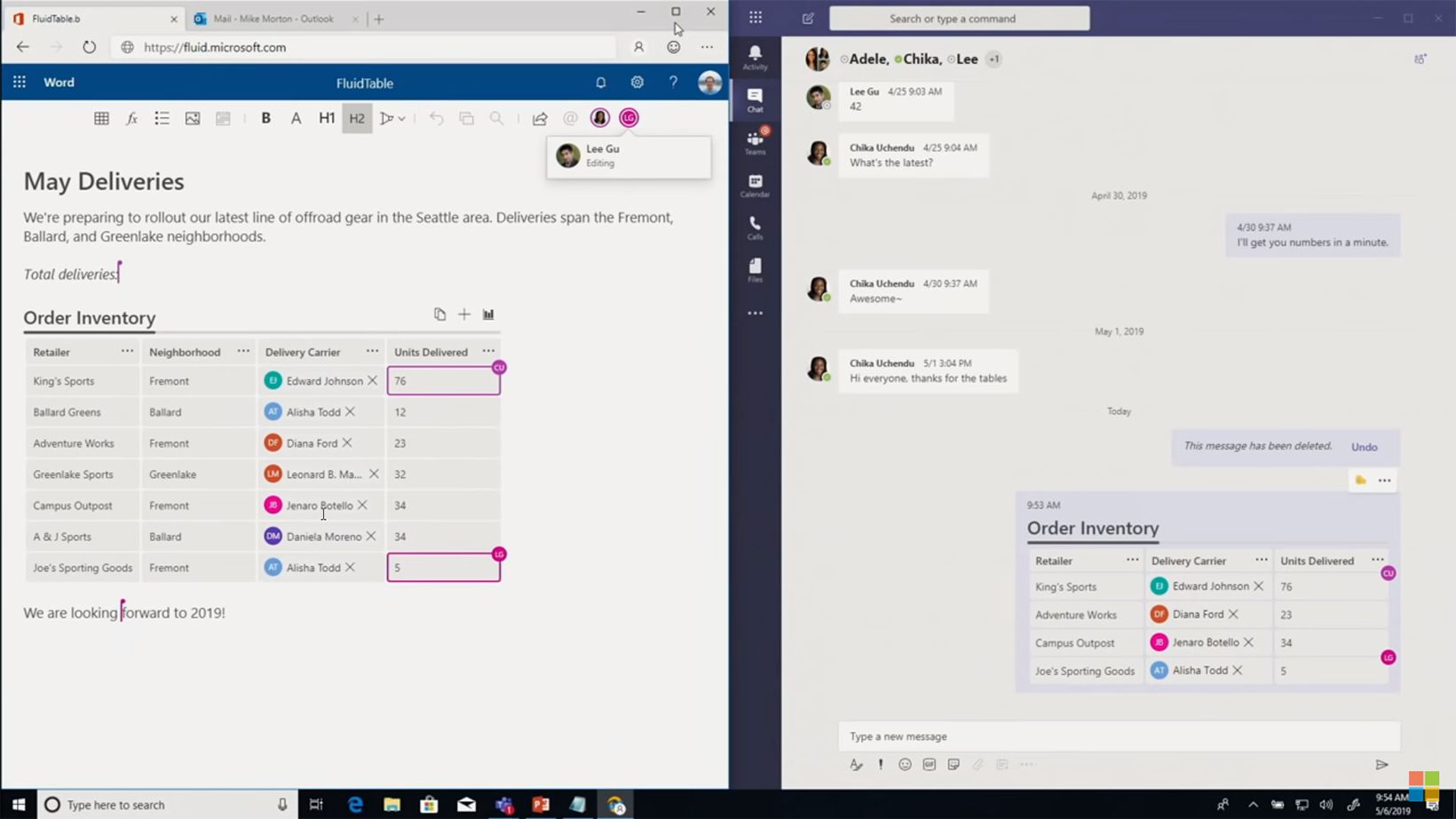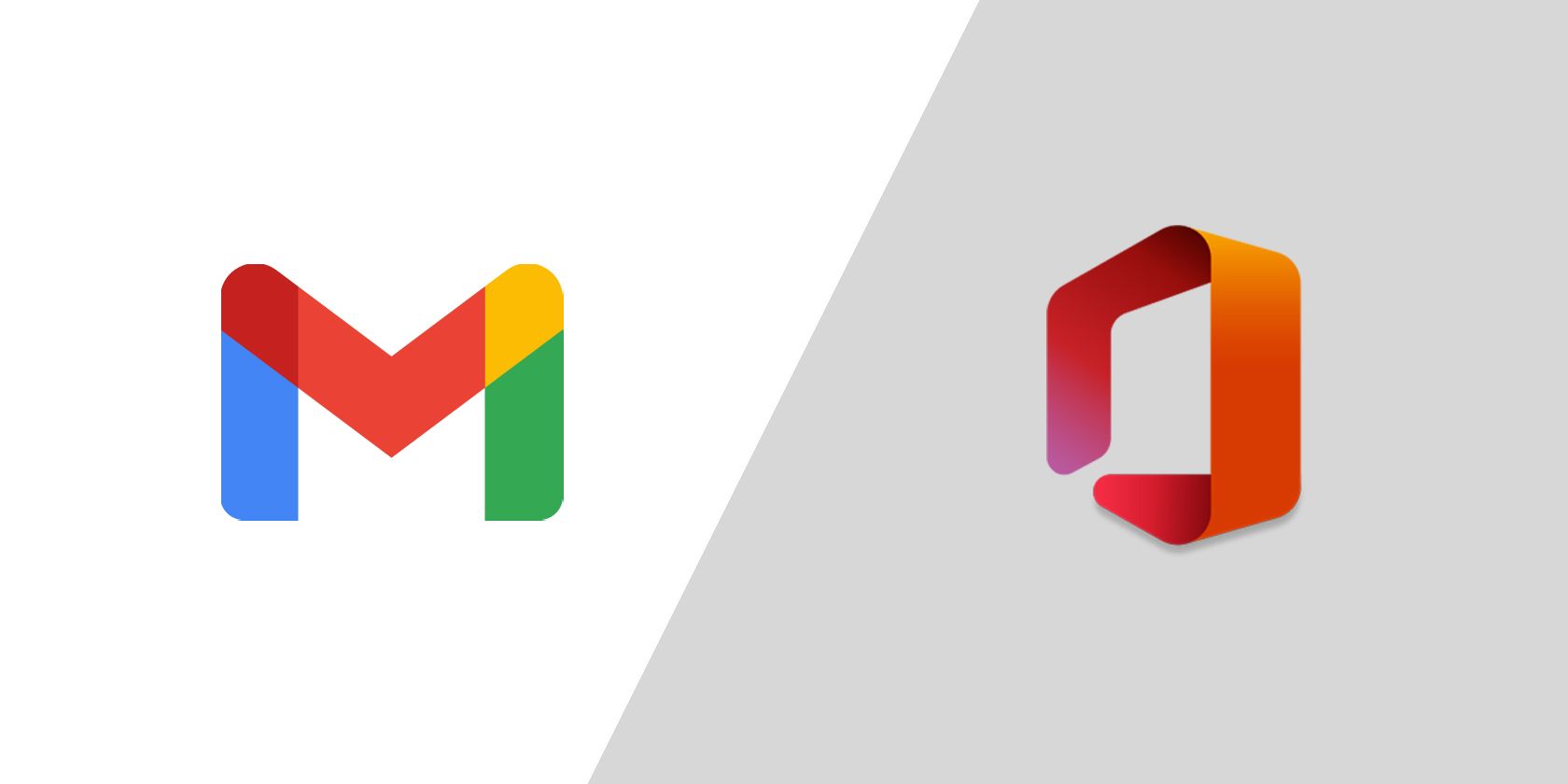With the increasing prevalence of work-from-home opportunities, a few companies are decentralizing their office culture. These days, many companies combine in-office and remote work. Some have even gone completely remote.
So, to adapt to this new form of work, Microsoft created Fluid Office. With it, you and your team can view lists, tables, and graphs across any platform in real-time. It's like OneDrive, and the Office Suite combined.
Here's a closer look at what they have to offer.
Collaboration First
As companies go remote, they rely more and more on collaboration apps. These programs let them get all their people in one place. They could then organize discussions on a per-project or per department basis.
But as team members create files and documents, these aren't updated unless they share them with the team. It also becomes a problem when one user makes a change, and those changes don't reflect on other's systems.
And when a team is working together live, they still have to pull up a separate app, like Word or Excel, to open documents. While this may not be a problem for some users who use multiple screens, it could be an issue for the majority.
Microsoft Fluid intends to change that by allowing users to work on documents in real-time. Instead of opening another program, team members can directly create lists, tables, and graphs (called Components) inside Microsoft Teams. More than that, all team members can add and edit their inputs, ensuring that everyone is on the same page.
Beyond Meetings
Even as your Microsoft Teams meeting is ongoing, every component syncs across all team members. Meeting notes will appear in your OneNote app and Outlook calendar. Tables and graphs can sync with your Microsoft Whiteboard, Outlook, and OneNote apps.
More than that, if you're working on Whiteboard and a colleague is making changes in OneNote, you'll see the changes being made in real-time. That's just the beginning.
Microsoft intends for these components to work on more than just Windows and Office. They envision a future where users will use Fluid Components across different platforms and apps.
And one way they could achieve this is by making it open-source. In fact, they released the Microsoft Fluid Framework back in September 2020. Their main goal here is to make it available to developers. These developers can then use it to introduce multi-user interactive components.
An Answer to Google?
Some would consider the Microsoft Fluid Framework as an answer to Google Workspace. After all, both allow for seamless collaboration within their respective ecosystems.
They both offer real-time document collaboration, automatic notes, tasks assignment, and calendar integration. However, Microsoft takes this one step further. This is because each Fluid Component stands as its own content.
Say you're managing six teams. You can create a table Component for each unit showing what they're working on for the week. You can then take these table Components and combine them all in your OneNote app.
This allows you to see what all your people are working on in one view. And it's being updated in real-time.
The Future of the Office Suite
With the introduction of the Fluid Framework, expect to see Microsoft Office focus more on collaboration. Documents no longer have to be passed back and forth between coworkers for updating. Send them a Component, and whatever changes they make will be reflected everywhere.
For now, the Fluid Framework is only available to Microsoft 365 Enterprise users. But they're slowly rolling out this service across the Microsoft ecosystem.
Furthermore, as developers take advantage of its open-source data, expect Microsoft Fluid to be more prevalent in our daily lives. Microsoft hasn't made any announcements yet when they'll release this—but here's to hoping they'll make this widely available in a year or two.



